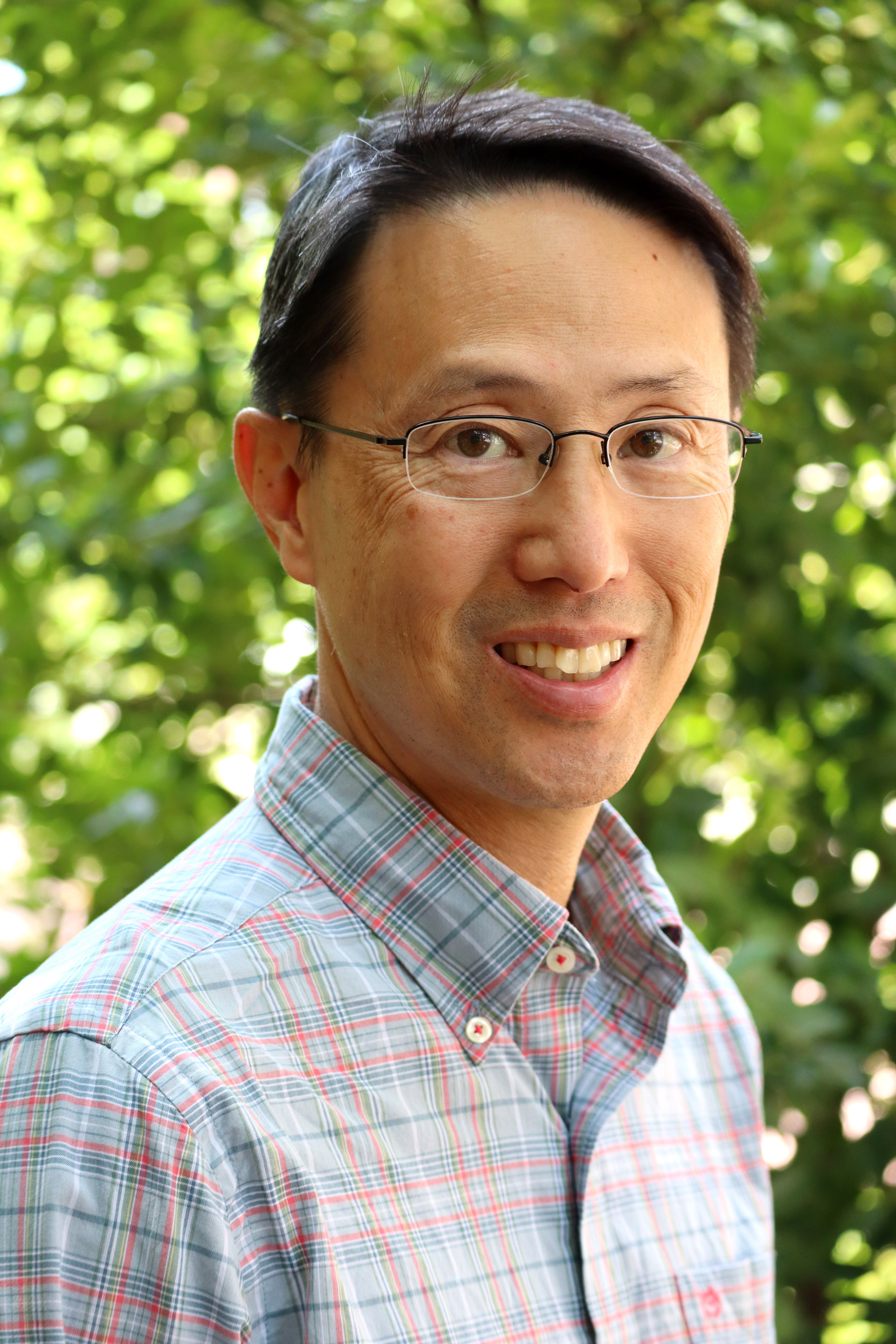
I grew up in Canada in the sixties and seventies during a period when science and technology were ascendent. Humanity had built an atomic bomb, walked on the moon, and finalized the Standard Model of particle physics. As far as I remember, I always wanted to be a scientist, and as I grew older, a particle physicist. When I was in high school, a friend of my parents suggested that I would have better job prospects as an engineer. I discovered that the University of Toronto had a program called Engineering Science, which had an option specializing in physics. I had the perfect out. I could study physics while getting an engineering degree.
I went to graduate school in physics at MIT. By now it was the late eighties, and experimental particle physics was becoming more and more like an industrial enterprise with large groups working at a small number of facilities. Meanwhile particle theory was becoming more abstract and divorced from experiments. For the first time in my life, I questioned what I wanted to be when I grew up. I took a plasma physics course with plasma physicist Abraham Bers and really enjoyed it, so much so that I ended up joining his group. He encouraged me to learn nonlinear dynamics and chaos theory, which was having a renaissance, and this led me to doing a thesis on chaotic nonlinear waves. I followed this with a postdoctoral fellowship with John Cary at the University of Colorado to apply nonlinear dynamics theory to particle accelerator design. While the research was interesting and I had the chance to interact with many great applied mathematicians in Colorado, my interests shifted again. It was the early nineties and biology was the zeitgeist (well that and the internet of course).
Based on a series of lucky tips I found myself as the first postdoc of MIT bioengineer Jim Collins, who was at Boston University at the time. Jim and I worked on human posture control and stochastic resonance. At BU, I met Nancy Kopell and collaborated with her in computational neuroscience. That led to an assistant professorship in the math department at the University of Pittsburgh, where I joined Bard Ermentrout. It was at Pitt that I came to the realization that I had accidentally morphed into an applied mathematician. I greatly enjoyed my time at Pitt and prospered there but for personal reasons I moved to be a principal investigator at the National Institutes of Health, which is comprised of an extramural program that distributes grants and an intramural program that does investigator driven research. “Institutes” is plural because the NIH is made up of 20 institutes and centers; I am in the Intramural research program of the National Institute for Diabetes and Digestive and Kidney Diseases. NIDDK is further subdivided into “labs” and “branches”, which act like mini-departments. My lab, the Laboratory of Biological Modeling, was formerly called the Mathematical Research Branch, and dates to just after the Second World War when an insightful former NIH (not yet plural) director thought that math and computers would be pertinent to biology.
I’ve been at the NIH for two decades and I’ve worked on a wide variety of biological projects at scales ranging from molecules to body organs to human society. While there was some element of randomness that led me to these disparate topics, they are unified in my attempt to understand and quantity the underlying biological phenomena. Having spent time in physics, math, and biology, I have come to appreciate the differences and similarities between these fields and what they can offer each other. When I started, I thought that it would be a natural transition to move from physics to biology but I was wrong. My predicament was well articulated by Philip Anderson in his famous 1972 Science article “More is Different”. Anderson argued that there are fundamental problems at all scales. Chemistry is not merely applied physics and biology is not simply applied chemistry; each scale requires its own perspective and approach. In the biological problems I’ve worked on, I often find that wearing a mathematician’s hat is more appropriate than a physicist’s. Physics is heavily guided by constraints such as symmetry, conservation laws, equations of motion, Lagrangians, and so forth. These constraints are usually tight enough that if a solution to a problem is found it is the correct one. Biology is the opposite. Given a phenomenon, it is usually easy to come up with some model that explains the data; what is hard is showing that it is the correct model. Biology is mostly a hypothesis driven science and what I try to do is to quantify the predictions of a hypothesis or a model. If physics is conceptual then biology is deductive. What I try to do is to figure out the consequences – to be able to say “If you believe X then you must accept Y,” and then look for Y in the data. The hope is that with enough of these propositions, an answer can be pinned down.
I often wonder about how my life would have turned out if I had stayed in physics or joined an internet startup when I was young. Then I realize that I probably would be doing what I do now, which is looking at something, wondering how it works, and deducing the consequences of what I believe.